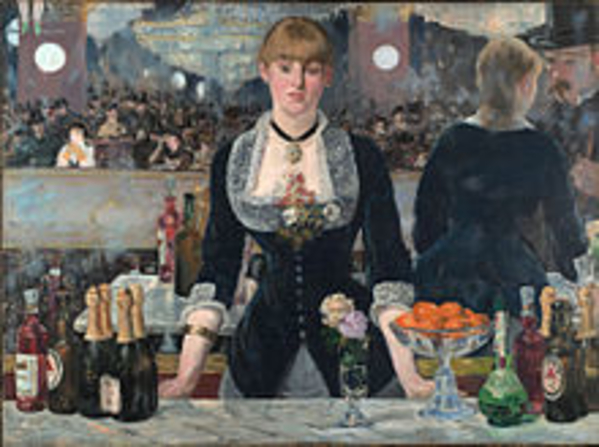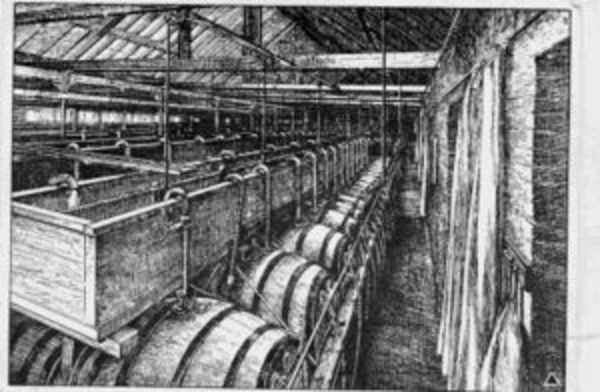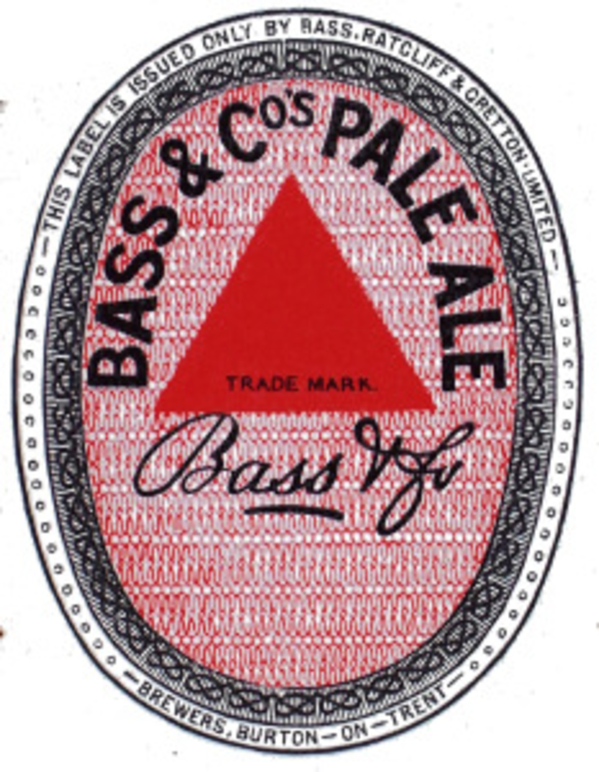Beer giant's clumsy treatment of Bass ale
Added: Thursday, September 12th 2019

We are witnessing the emasculation of Bass Pale Ale at the hands of brewing giant AB InBev. What was once a triumph of English brewing artistry and, in draught form, the biggest selling premium cask ale in the country, is now almost impossible to find in pubs while the bottled version is a travesty of the real thing.
When I first started writing about beer I was often asked to name my favourite beer. I answered unerringly: “Draught Bass”. It was ubiquitous. I recall John Young, the chairman of Young’s of Wandsworth, telling me that when he started work at the brewery and had to serve time behind the bars of its pubs: “If you didn’t sell Draught Bass there was no point unlocking the doors.”
In Graham Greene’s great novel Brighton Rock, characters regularly pop into pubs and say: “Give me a Bass.” And the author was a member of the Greene King dynasty!
In the 19th century Bass in Burton-on-Trent became not only the biggest brewery in Britain but for a period the biggest in the world. At the height of the India Pale Ale frenzy, Bass Pale Ale – it was never called IPA – was exported first to the Raj in India and then to all corners of the British Empire and to the United States. It even featured in Manet’s famous painting A Bar at the Folies Bergères (top).
In 1876 Bass registered its red triangle as the first trademark and jealously guarded it. It took legal action against other breweries, mainly in the U.S., who attempted to pass off their inferior brews as the genuine Burton article.
The decline of Bass’s fortunes began long before the arrival of AB InBev. In the 1970s and 80s, Bass put all its energies into promoting the keg beer Worthington E. When the keg counter-revolution went into rapid decline, thanks in no small measure to CAMRA, Bass took a relatively unknown brand from Northern Ireland called Caffrey’s and turned it into a heavily promoted “smooth” ale using nitrogen pressure.

At its peak, Draught Bass (fermented in the famous Burton Unions, above) accounted for around 800,000 barrels a year while the bottled version was exported world-wide. Domestic sales declined as a result of lack of promotion and then in 2000 Bass, along with most of the other national brewers, left brewing. This was the result of the government’s Beer Orders that forced the nationals to turn the bulk of their tied pubs into free houses, taking beers from smaller brewers. Rather than offering drinkers a better choice, Bass, Whitbread and what was left of Allied Breweries chose to pursue activities outside brewing. Bass became a leading hotelier with Holiday Inns.
Whitbread had sold its breweries for £400 million to the Belgian group Interbrew, best known for Stella Artois. Interbrew had the bit between its teeth and bought Bass’s breweries for a massive £2.3 billion. This would have given Interbrew a share of more than 30 per cent of the beer market and was too much for even Britain’s feeble competition regulators. Interbrew had to sell the Bass breweries to the Canadian-American group Molson Coors but it still owned a number of brands, including Draught Bass and Bass Pale Ale.
In the fullness of time, a series of mega mergers and takeovers created AB InBev, with Anheuser Busch/Budweiser, Ambev of Brazil and finally SABMiller forming a global giant controlling 30 per cent of beer sales world-wide. It said it had no interest in ‘low volume’ beers such as Draught Bass and put it up for sale, along with Boddingtons Bitter, Flowers Best Bitter and Flowers IPA for £15 million. To date, there have been no takers -- not surprising as AB InBev would retain ownership of all trademarks, including the Bass red triangle.
Draught Bass, reduced to just 30,000 barrels a year, is brewed for AB InBev by Marston’s. At least it has remained in its ancestral home and, using the famous sulphury Trent Valley waters, the end result is a fine tasting beer – when you can find it.
And then in 2018 AB InBev discovered there was a major revival of ale going full bore in both Britain and the U.S. With a monstrous Trumpian/Johnsonian cheek, the group announced it was “returning” Bass Pale Ale to the UK. The truth is that it would never have gone away but for AB InBev.
In the U.S, purchasers of the 5.1 per cent beer are told they are getting “imported pale ale” even though it’s brewed in New York State. The American recipe includes corn, which would have William Bass rotating in his tomb as his pale ale was a pure malt beer.
The British version is brewed not in Burton but at a former Bass keg plant in Samlesbury, near Blackburn in Lancashire. Filtered and pasteurised, by any standards it’s a very ordinary beer with little or nothing in common with true Burton pale ale.
For a genuine example of a Victorian IPA, there’s the magnificent bottle-conditioned Worthington White Shield. But this is now owned by Molson Coors who give it no support, preferring to promote “Cornish” Doom Bar, the bottled version of which is brewed in Burton.
Draught Bass and White Shield – classic Burton pale ales in urgent need of some tender loving care..






